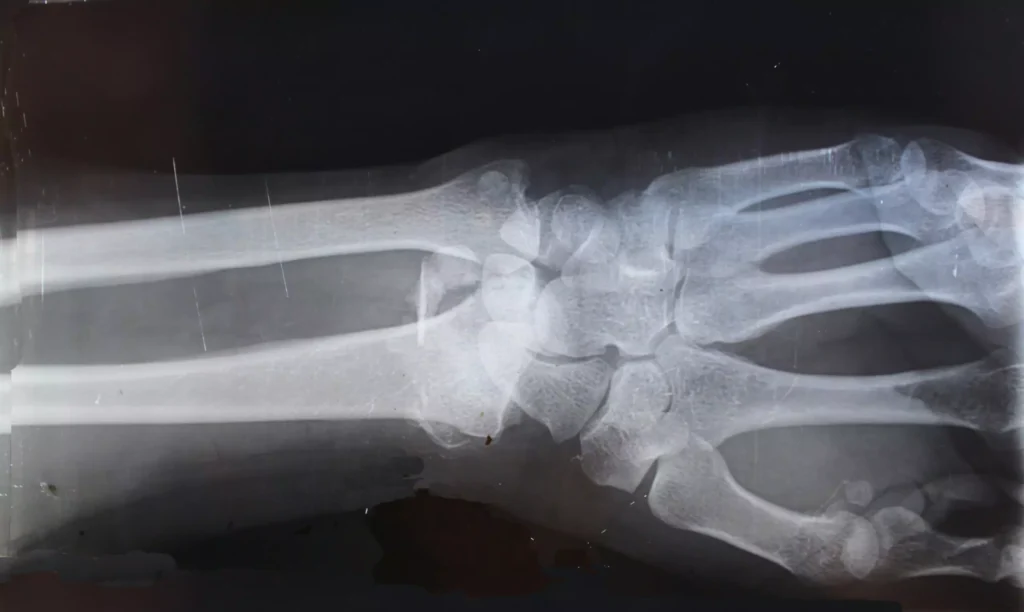
Story at-a-glance
- Nearly half of physician disabilities are partial, not total—yet many policies don’t fully cover partial income loss.
- Residual (partial) disability benefits vary widely between insurance companies and may not work well for self-employed physicians.
- Without a recovery rider, doctors returning to work full-time after a disability may still face major income gaps.
- Residual coverage definitions can be complex, and critical policy details are often hidden in legal jargon.
- Have a specialist review your residual benefit to ensure you’re protected if you lose income but not your ability to work full-time.
While there is no actual data available that indicates the percentage of physician disabilities which are partial, as opposed to total, our experience indicates that it is very nearly half and half. A partial disability due to an illness or injury may prevent a physician from performing some of his or her specific duties or working in full capacity which usually results in a partial loss of earnings. Depending on the extent of the partial disability or its duration, it can be as financially crippling as a total disability. The right type of physician residual disability coverage is critical for maximum protection.
There is a Difference in Residual Benefit Among Insurance Companies
The most common type of residual, or partial disability coverage requires a physician to suffer a loss of income and a loss of time or duties. In other words, their disability must cause a loss of income (typically 20% or more) and reduction in hours OR the inability to perform specific work duties. This definition typically works well for physicians who are employed by a group or hospital where a loss of income would naturally be accompanied by a loss of time or duties.
This type of residual benefit doesn’t work as well when a physician is self-employed where a loss of income may not be accompanied by a loss of time/duties.
Here's an Example
Imagine a man named Bob, a solo practice internal medicine physician gets in a car accident which leaves him unable to work for 1 year. He recovers after a year of rehab (and full disability payments) and resumes work full-time. The problem is that due to his absence, 1/2 of his patients have found a new doctor. He is now back working full-time and performing all of his previous duties, but only earning 1/2 of his previous income.
For this scenario Bob needs a disability policy that includes residual benefit with a “recovery rider”. The recovery rider eliminates the “time and duties” language in the contract. The elimination of this language would would allow Bob to continue to collect a partial benefit for a set period of time or until his income fully recovered.
How a partial disability is defined and covered is just one of the many moving parts in a disability insurance policy which are pieced together with convoluted language only an attorney or a disability insurance specialist can understand. Because a large percentage of physician disabilities are partial, the definition of partial disability is as important as the policies definition of “total disability.” Most physicians are aware of the importance of having a policy with an “own occupation” definition of disability with language specific to their medical specialty. But, depending on the type of residual disability coverage they have, that may provide adequate protection in half of the cases.
Key Takeaway
Have an independent disability insurance specialist experienced in working with medical professionals review your residual disability coverage to ensure it provides adequate protection for a partial disability. Doctor Disability has been working with the medical community for more than a decade and has the expertise and the resources to provide an objective assessment of your disability income needs.
Ready to protect your future?
Get a personalized side-by-side policy comparison of the leading disability insurance companies from an independent insurance broker.




